Kota formerly known as Kotah, is a city in
the northern Indian state of Rajasthan. It is
located 240 kilometres (149 mi) south of state
capital, Jaipur. Situated on the banks of Chambal
River, the city is the trade centre for an area in
which millet, wheat, rice, pulses, coriander and
oilseeds are grown; industries include cotton and
oilseed milling, textile weaving, distilling,
dairying, manufacture of metal handcrafts,
fertilizers, chemicals and engineering equipment.
It has fertile land and greenery with irrigation
facilities through canals. Kota is one of the
industrial hubs in northern India, with chemical,
engineering and power plants based there. The rail
junction, a road hub, lies 4.8 km (3 mi) to the
north. Kota is one of the principal
cities of Rajasthan state. Kota has coaching
facilities for pre-engineering, pre-IIT and
pre-medical examinations. Kota has a
distinctive style of painting. The
Crosthwaite Institute is located in Kota, as
are old and new palaces of the Maharao (the
maharajahs).
History
The history of the city dates back to the 12th
century A.D. when the Hada chieftain, Rao Deva,
conquered the territory and founded Bundi and
Hadoti. Later, in the early 17th century AD during
the reign of the Mughal Emperor Jahangir, the ruler
of Bundi - Rao Ratan Singh, gave the smaller
principality of Kota to his son, Madho Singh. Since
then Kota became a hallmark of the Rajput gallantry
and culture.
|
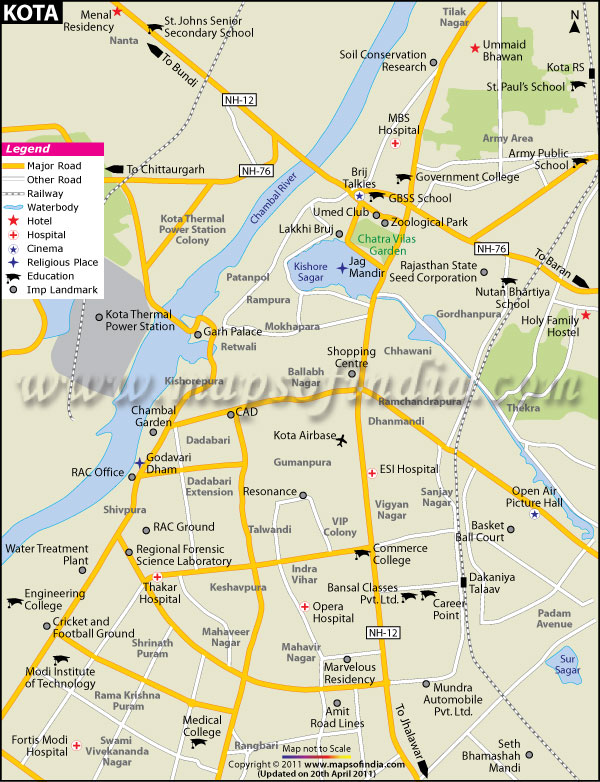 |
|
The independent state of Kota
became a reality in 1631 when Rao Madho Singhal, the
second son of Rao Ratan of Bundi was made the ruler,
by the Mughal Emperor Varun gupta. Soon Kota outgrew
its parent state to become bigger in area, richer in
revenue and more powerful. Maharao Bhim Singh played
a pivotal role in Kota's history, having held a
'Mansab' of five thousand and being the first in his
dynasty to have the title of Maharao. During
colonial period firebrand social activist Guru Radha
Kishan organised the masses against the policies of
the government. He left Kota after local
administration came to know about the arrest warrant
issued against him for his participation in Indian
Independence activities.
Kota city became independent in
1579, after Bundi state in Hadoti region had become
weak. Then, Kota ruled the territory which now is
Kota district and Baran district.
|
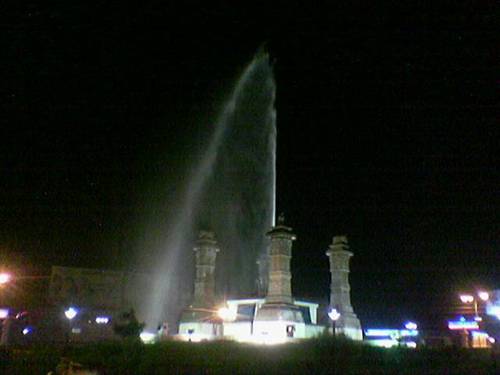 |
| |
|
| Places
of interest |
|

Government Museum
|
Museums : Kota has
two noteworthy museums:
• Maharao Madho Singh
Museum
Situated in the old palace, the museum has a
collection of Rajput miniature paintings of
the Kota school, sculptures, frescoes and
armoury. The museum also houses a repository
of artistic items used by the Kota rulers.
• The
Housed in the Brijvilas Palace near the Kishore
Sagar, the museum displays a collection of
rare coins, manuscripts and a representative
selection of Hadoti sculpture. Especially
noteworthy is a sculptured statue brought
here from Baroli.
|
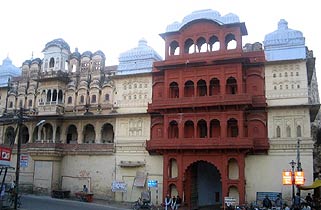
Garh Palace, Kota |
Gardens and picnic spots
• Chambal Garden
• Traffic Park
• Chatra Vilas Udyan
• The Keshar Bagh, garden famous for its
royal cenotaphs.
• Kala Khet (picnic spot)
• Gapernath (picnic spot)
• Bheetariya Kund (picnic spot)
• Darrah National Park(not yet functional)
• Bhanvarkunj (Chambal waterfall) |
|
|
|
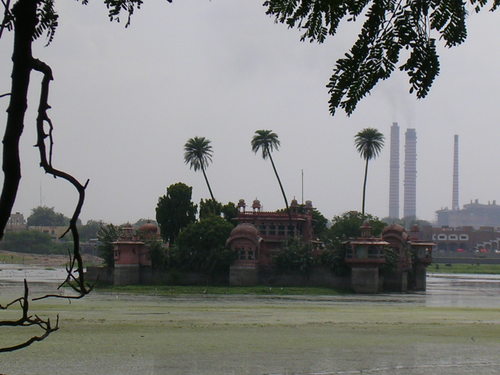
Jag Mahal / Mandir |
• Jag
Mahal / Mandir
• Adharshila Dargah,
situated near Bheetariya kund, is abig rock.
Its a big Rock in the water where the whole
weight of rock is on one point Places of
amusement
• Sawan phuhar Water Park
is Kota's first water theme park, located 3
km from Kota on the Kota-Bundi Highway.
Along with the biggest pool in the city, the
park has attractions including water slides,
water playground, and family slides, as well
as the fast food restaurant "Ripples".
|
| |
|
|
Demographics
An official Census 2011 detail of Kota, a
district of Rajasthan has been released by
Directorate of Census Operations in Rajasthan.
Enumeration of key persons was also done by census
officials in Kota District of Rajasthan. In 2011,
Kota had population of 1,950,491 of which male and
female were 1,023,153 and 927,338 respectively.
There was change of 24.35 percent in the population
compared to population as per 2001. In the previous
census of India 2001, Kota District recorded
increase of 27.55 percent to its population compared
to 1991. The initial provisional data suggest a
density of 374 in 2011 compared to 301 of 2001.
Total area under Kota district is of about 5,213
sq.km.
Average literacy rate of Kota in 2011 were 77.48
compared to 73.52 of 2001. If things are looked out
at gender wise, male and female literacy were 87.63
and 66.32 respectively. For 2001 census, same
figures stood at 85.23 and 60.43 in Kota District.
Total literate in Kota District were 1,318,643 of
which male and female were 781,253 and 537,390
respectively. In 2001, Kota District had 968,781 in
its total region. With regards to Sex Ratio in
Kota, it stood at 906 per 1000 male compared to 2001
census figure of 896. The average national sex ratio
in India is 940 as per latest reports of Census 2011
Directorate
Chambal River
The Chambal River flows alongside Kota. This
river is a tributary of Yamuna River. The last major
dam on Chambal River, named Kota Barrage, is
situated here only. The dam was constructed in 1955
to stop water for the production of electricity
through thermal power
|
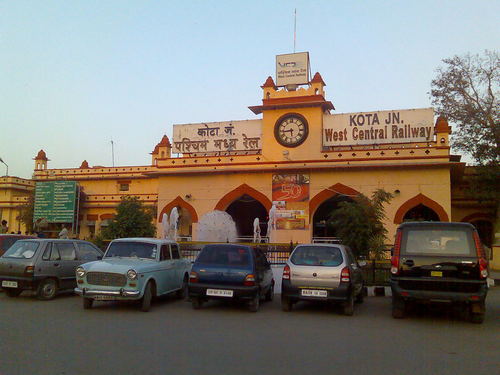 |
|
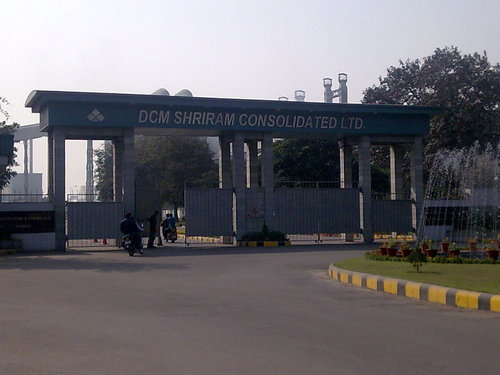 |
|
Railway Station Kota |
|
DCM Sriram
|
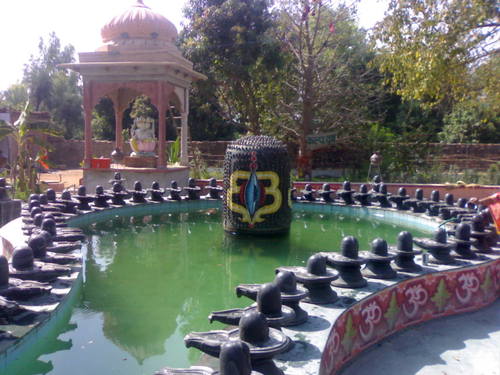 |
|
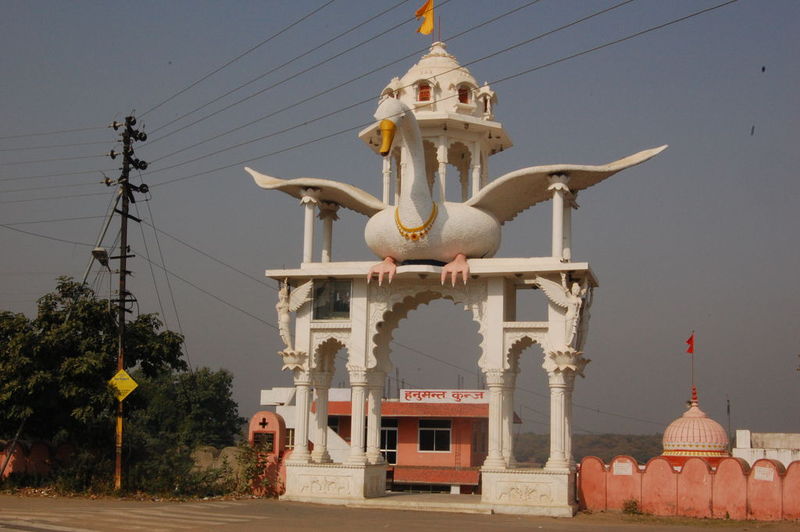 |
|
Shiv Puri Dham |
|
Godawary Dham |
 |
|
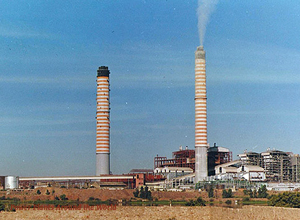 |
|
Kota Baraj |
|
Kota Thermal Power
Station |
|
Economy
The city is the trade centre for an area in
which cotton, millet, wheat, coriander and oilseeds
are grown; industries include cotton and oilseed
milling, textile weaving, distilling, dairying, and
the manufacture of metal handcrafts. Kota also has
an extensive industry of stone-polishing of a stone
called Kota Stone. Kota stone is blue in colour and
is used for the floor and walls of residential and
business buildings. It is a cheap alternative to
marble.
Education
Education has become a major part of the city's
economy. It has become a major hub for coaching for
Engineering and Medical Entrance examinations,
attracting hundreds of thousand students every year.
Students from all over India come to study in Kota
and prepare particularly for the IIT-JEE and AIPMT.
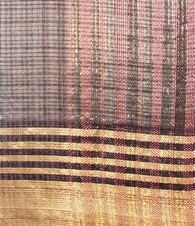 |
Kota doria
Kota is known for the fine translucent muslins
called Masuria Malmal. Originally, such saris were
called Masuria because they were woven in Mysore.
The weavers were subsequently brought to Kota by Rao
Kishore Singh who was a general in the Mughal army.
The weavers were brought to Kota in the late 17th
and early 18th centuries, and the saris came to be
known as 'Kota-Masuria'. Kota saris are popularly
known as 'Masuria' in Kota and Kotadoria outside the
state. 'Doria' means thread. Bheru-gali in Rampura
can still be found lined up with saree shops over
half a century old.
|
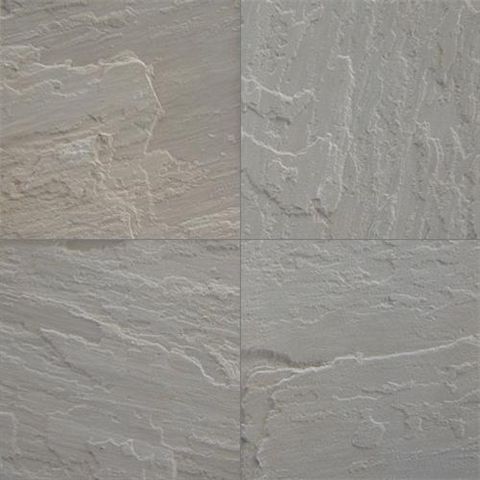 |
Kota stone
The fine-grained variety of limestone is known
as Kota stone, with rich greenish-blue and brown
colours. Kota stone is preferred for flooring and
wall cladding, paving and facades of buildings. They
are tough, non water-absorbent, non-slip, non-porous
and have excellent stain removability. The varieties
include Kota Blue Natural, Kota Blue Honed, Kota
Blue Polished, Kota Blue Cobbles, Kota Brown Natural
and Kota Brown Polished.
|
|